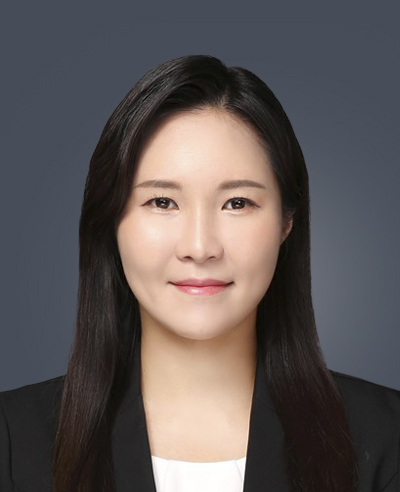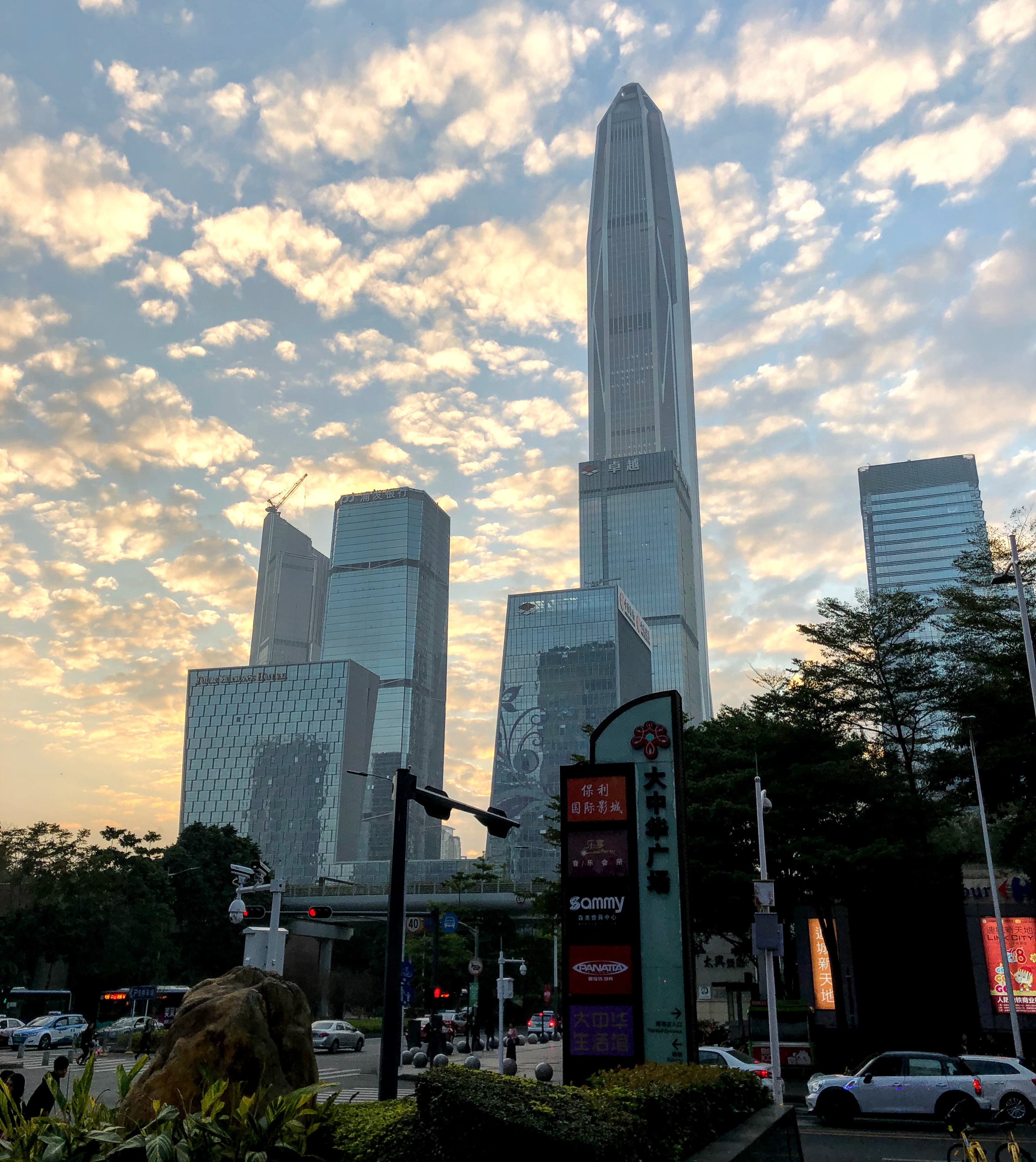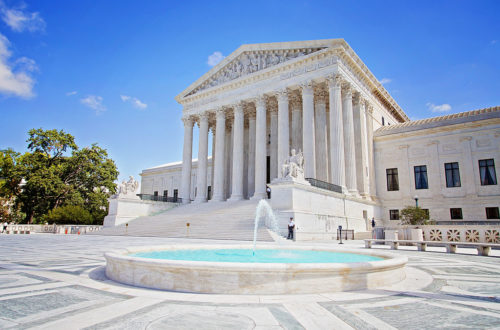Background
As mentioned in our earlier article, the Implementation Regulations of the Chinese Patent Law (“Regulations”, similar to the CFR in the US) were approved in November, and the CNIPA finally made public the full text of the Regulations just before the arrival of the New Year. At the same time, the CNIPA also released the new Patent Examination Guidelines (“Guidelines”, like the MPEP in the US), along with specific implementation dates and transitional methods. These changes became effective as of 20 January 2024. Today’s article will focus on incorporation by reference.
The Regulations provide more details on the newly “incorporation by reference” provision in the Chinese Patent Law, which align this aspect of Chinese Patent Law with international practices.
New Rule 45 states: “If an invention or utility model application lacks or incorrectly submits claims, descriptions, or parts of the claims or descriptions, but where the applicant has made priority claim(s) on the filing date, the applicant can supplement or rectify the corresponding parts or documents by citing the “previous application” (i.e., certified priority application) within 2 months from the filing date or within the period specified by the Patent Office. If the supplementary documents comply with the relevant regulations, the filing date of the application shall be maintained.”
In other words, applicants can “rectify” missing or incorrect information in a patent application if the correct information was present in a priority document, provided such request for rectification is made within 2 months from the filing date. This is consistent with the incorporation of reference standards for PCT international applications.
Requirements for Incorporation by Reference
- Claim priority and make a Declaration of Incorporation by Reference at the time of filing (requesting priority using the Patent Office’s standard request form is automatically deemed to have made a Declaration of Incorporation by Reference);
- Supplement the missing part of or the entire description, claims, drawings or rectify the part of or the entire description, claims, or drawings where the error occurred in Chinese, by referencing the priority documents within two months from the filing date; or
- If the Patent Office issues a Notice of Rectification in this regard, within the time limit specified by the Patent Office, supplement the missing part of or the entire description, claims, or drawings, or rectify the part of or the entire description, claims, or drawings where the error occurred in Chinese, by referencing the priority documents.
This rule also applies to international applications entering the National Phase in China. If the incorporation by reference happens during the PCT international phase, a Chinese translation of the certified copy of the priority document is also required, in addition to the Chinese translation of the specification which is normally required for the National Phase Entry application, so that the Patent Office can review whether the incorporation complies with the regulations.
Under this rule, the items or parts incorporated by reference from the priority document are considered “original specification and claims” as defined in Article 33 of the Patent Law.
Exclusion
- Rule 45 does not apply to divisional applications.
- The two-month period prescribed in Rule 45 cannot be restored, if expired.
- If the priority claim of an application has been restored, corrected, or added based on Rule 36 or 371, missing parts from this priority claim cannot be further incorporated based on Rule 45. In other words, Rules 36/37 and Rule 45 could not be applicable for the same case.
Official fees
The request of an incorporation by reference per se does not incur any official fee. However, additional fees for extra claims or pages are required if the number of claims exceeds 10 and/or the number of specification pages exceeds 30 pages after amending an application using incorporation by reference based on Rule 45. If the required fees are not paid by the prescribed period (two-month from the filing date or one-month from receiving a ‘Notice of Missing Fees’), the whole application will be deemed withdrawn.
Impact on Examination Time
Delays caused by incorporation by reference fall under one of the instances of unreasonable delays caused by the applicant as stipulated in Rule 79 of the new Implementation Regulations.2 The extension of examination time caused by incorporation by reference shall not be counted towards patent term compensation.
EIP Thoughts
The provision of incorporation by reference provides applicants with an additional option to fix an application where portions of the claims, specification, or drawings, or even the entire claims, specification, or drawings are missing, as long as the application is claiming priority, while the original filing date of the application can be retained.
Before the effectiveness of the new Implementation Regulations, an application missing the entire claims, specification, or drawings would not be accepted by the Patent Office, and there was no remedy for such defects other than filing a new application, which could incur substantial amount of fees and push back the filing date. Sometimes, such mistakes would be fatal if a novelty-destroying event (e.g., a publication) occurred after the original (“unfixable”) filing date.
Before these new Regulations, if an application was missing portions of claims, specification, or drawings, applicants could rectify the missing parts by incorporating content from the priority document. However, the filing date would be revised from the priority date (if any) to the date when all missing parts were submitted. The only way to “restore” the original filing date would be to delete the missing portions from the specification. In these unfortunate situations, applicants would lose their priority rights completely due to the re-determined filing date.
Therefore, the real effect of “retaining the original filing date” in new Rule 45 is to safeguard against losing priority. With the new Implementation Regulations now in force, applicants have much more flexibility within two months to modify and “correct” applications without losing priority, and in some cases, can also save costs.
If you would like to have more information on this matter or would like to have our advice, please feel free to contact us at eip@eipgroup.asia.
Eagle IP is a top-tier boutique patent firm with a unique mix of experienced US and Chinese patent professionals with significant cross-border knowledge and experience. Our technically expertise covers wide range of technologies including, but not limited, to life sciences, biotechnology, medicine, pharmaceuticals, material and environmental science, chemistry and consumer electronics. We have years of experiences in drafting and prosecuting patent applications involving biological deposits, sequence listings, small and large molecules, drug discovery and development, material science, software and engineering, and many others.
This article is for general informational purposes only and should not be considered legal advice or a legal opinion on a specific set of facts.
About the Authors

Hebe Chau is a Chinese Patent Attorney at Eagle IP, a Boutique Patent Firm with offices in Hong Kong, and Shenzhen.

Audrey Cheung is a qualified Chinese Patent Attorney at Eagle IP, a Boutique Patent Firm with offices in Hong Kong and Shenzhen.

Jennifer Che, J.D. is President & Managing Director and a US Patent Attorney at Eagle IP, a Boutique Patent Firm with offices in Hong Kong and Shenzhen.
- Rule 36 and 37 are also new provisions in the Implementation Regulations. Rule 36 relates to the restoration of the right of priority, Rule 37 relates to the addition and correction of priority claim.
↩︎ - Rule 79: The unreasonable delay caused by the applicant as stipulated in Article 42, Paragraph 2 of the Patent Law includes the following circumstances:
(1) Failure to respond to notifications issued by the patent office within the specified time limit.
(2) Requesting Delayed Examination.
(3) Delay caused by circumstances specified in Rule 45.
(4) Other unreasonable delays caused by the applicant.
↩︎





